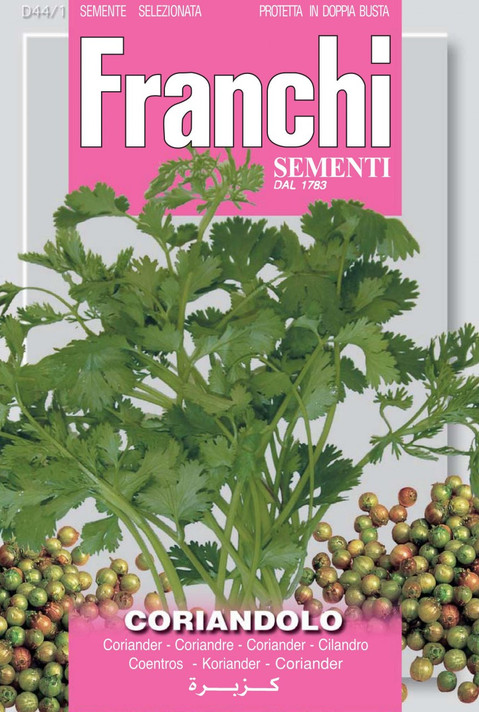The best cilantro & coriander seed ever
I still buy several seed packets every year. The plants are very vigorous and tall. I replant more at two to three week intervals for a continuous crop in each of its stages. Since cilantro/coriander is fairly cold hardy my garden is productive from mid spring up until Thanksgiving. In milder winters where I live near Cape Cod some of the plants actually tide over into the next growing season -- they grow a tap root in late fall. The plants produce a lot of cilantro which my family loves. Eventually the tall plants mature and produce white flowers which look sort of like Queen Anne's lace. Nicely ornamental in a rural sort of way. They attract honey bees profusely. Then the flowers mature into fresh, green coriander seeds. I harvest these powerful, intensely flavored green seeds before they ripen to grind into recipes for salad dressing, stew, whatever. I don't think you can buy the fresh green seeds anywhere, since their shelf life as green is rather short. So if you want them you have to grow your own. The Franchi coriander isn't the only one I have tried, but it seems to produce the largest plants with the largest seeds. If I were to grow just one variety, this would be it. NOTE: I grow my coriander next to my patch of Franchi wild fennel. They seem to get along especially well.


